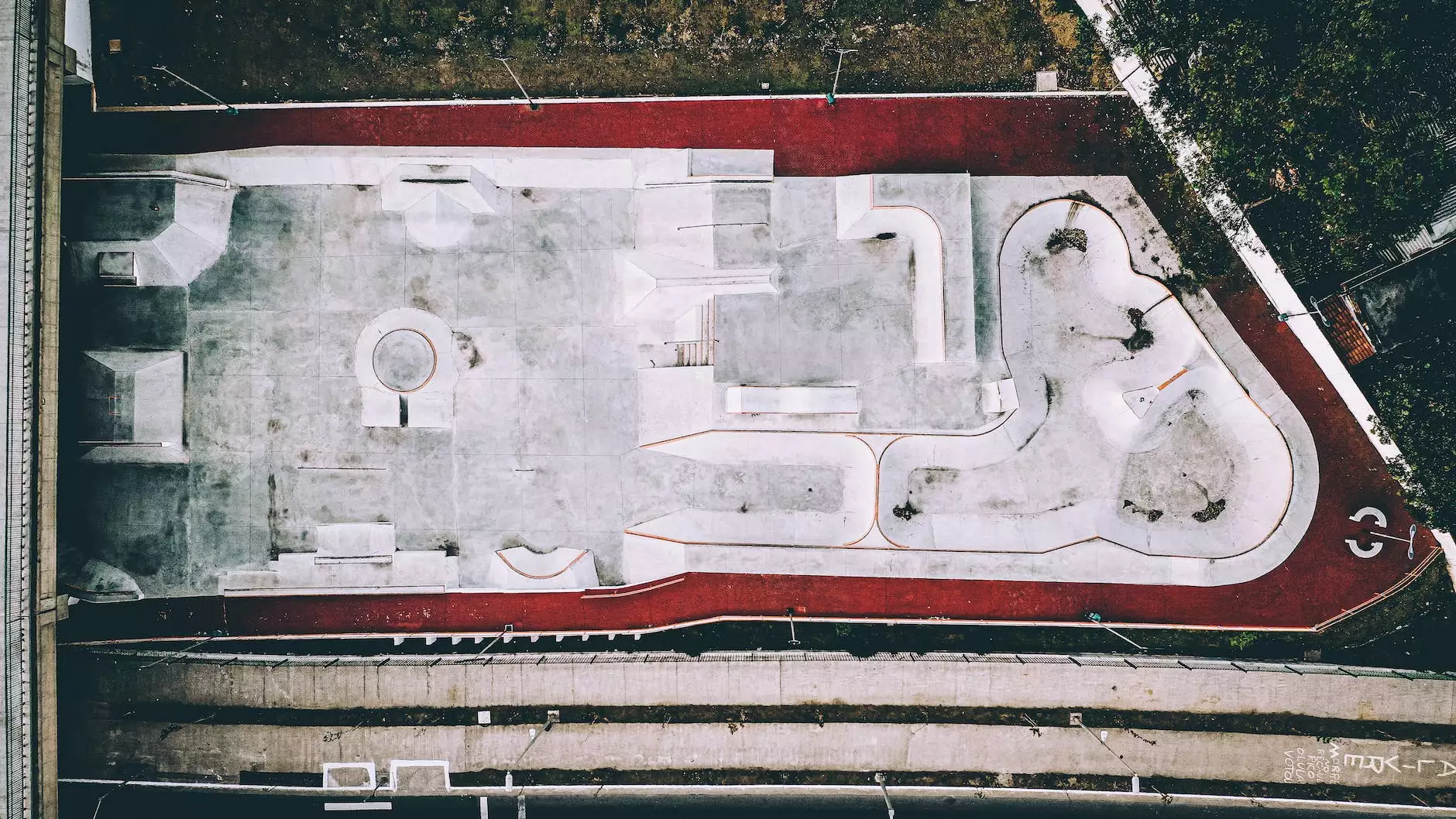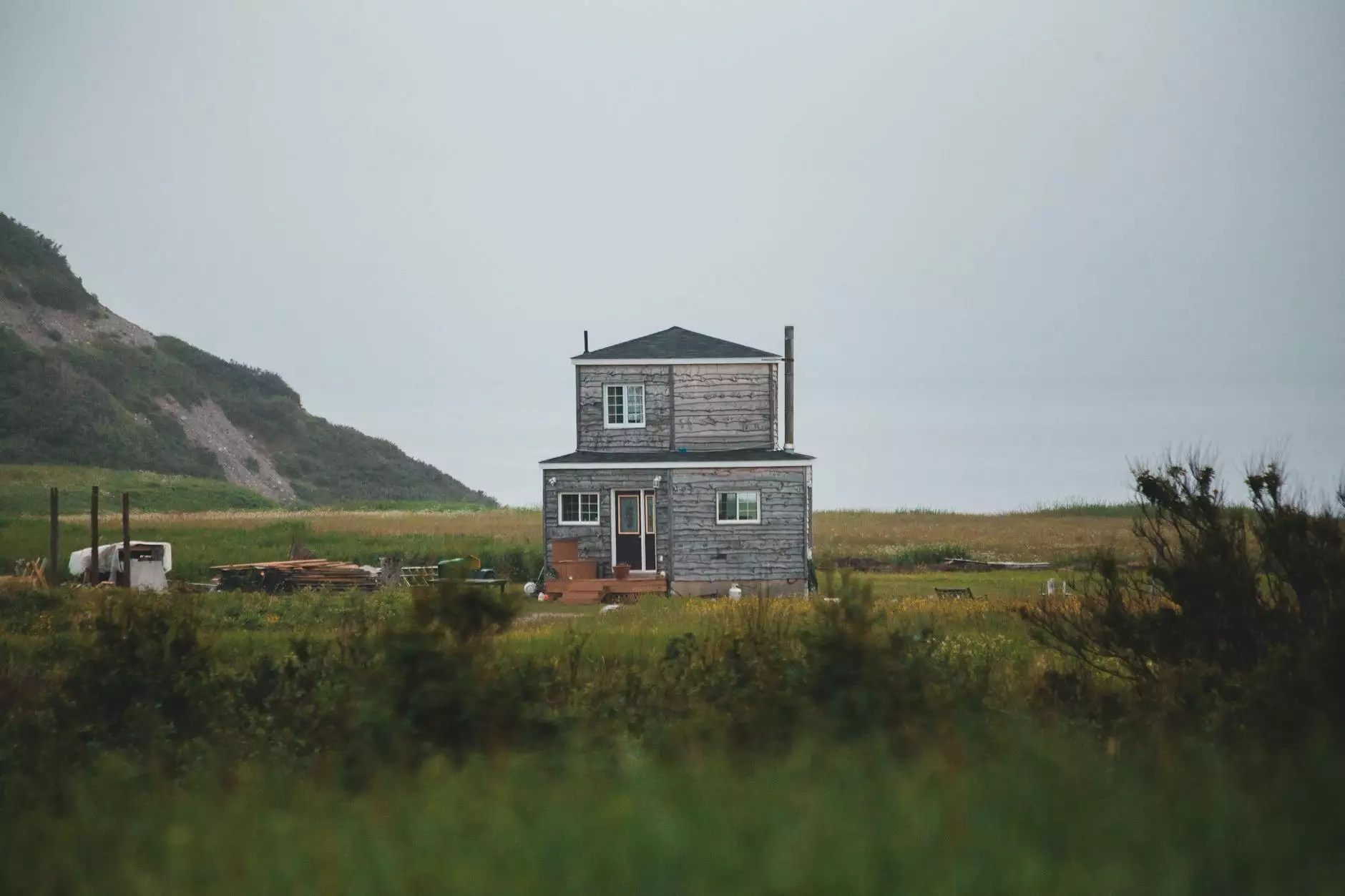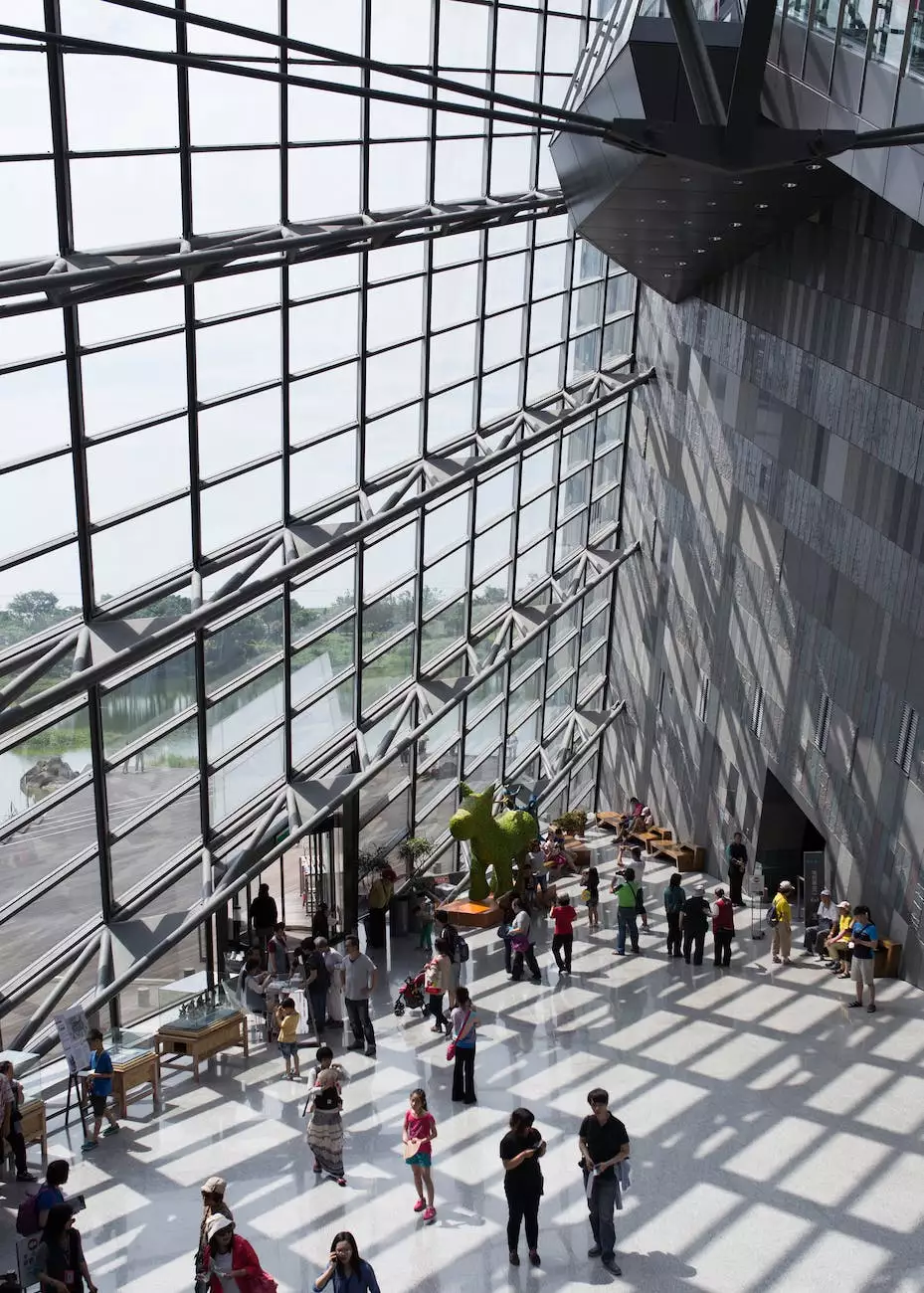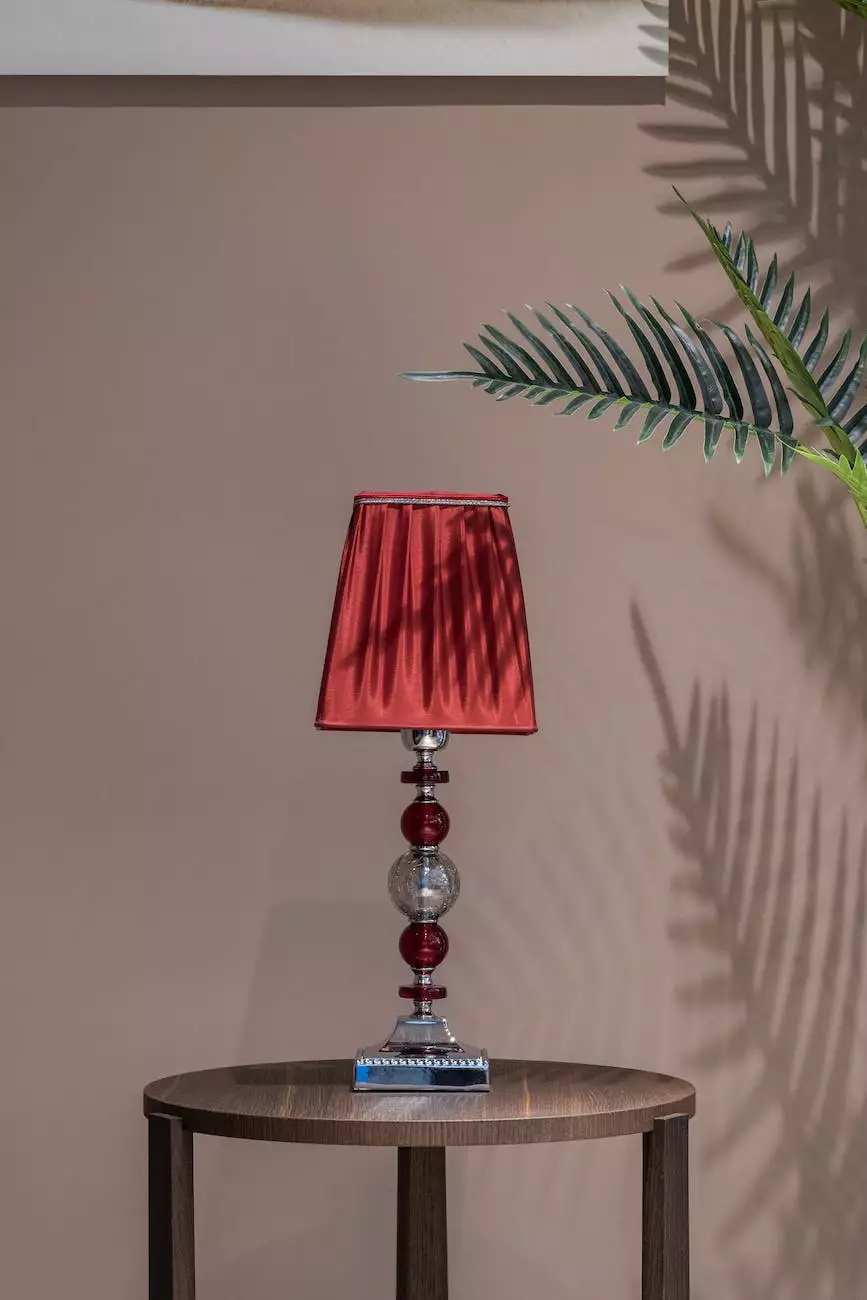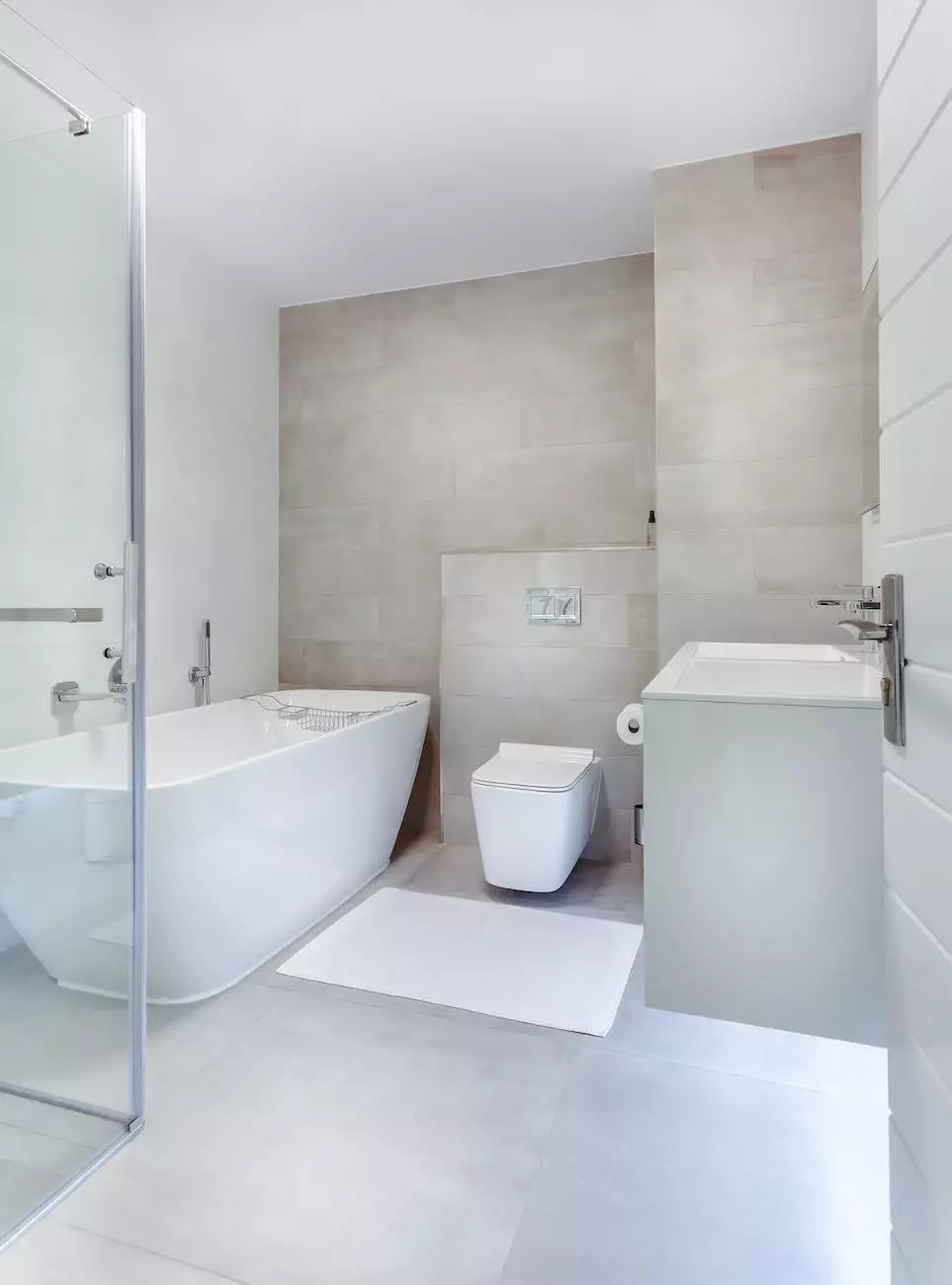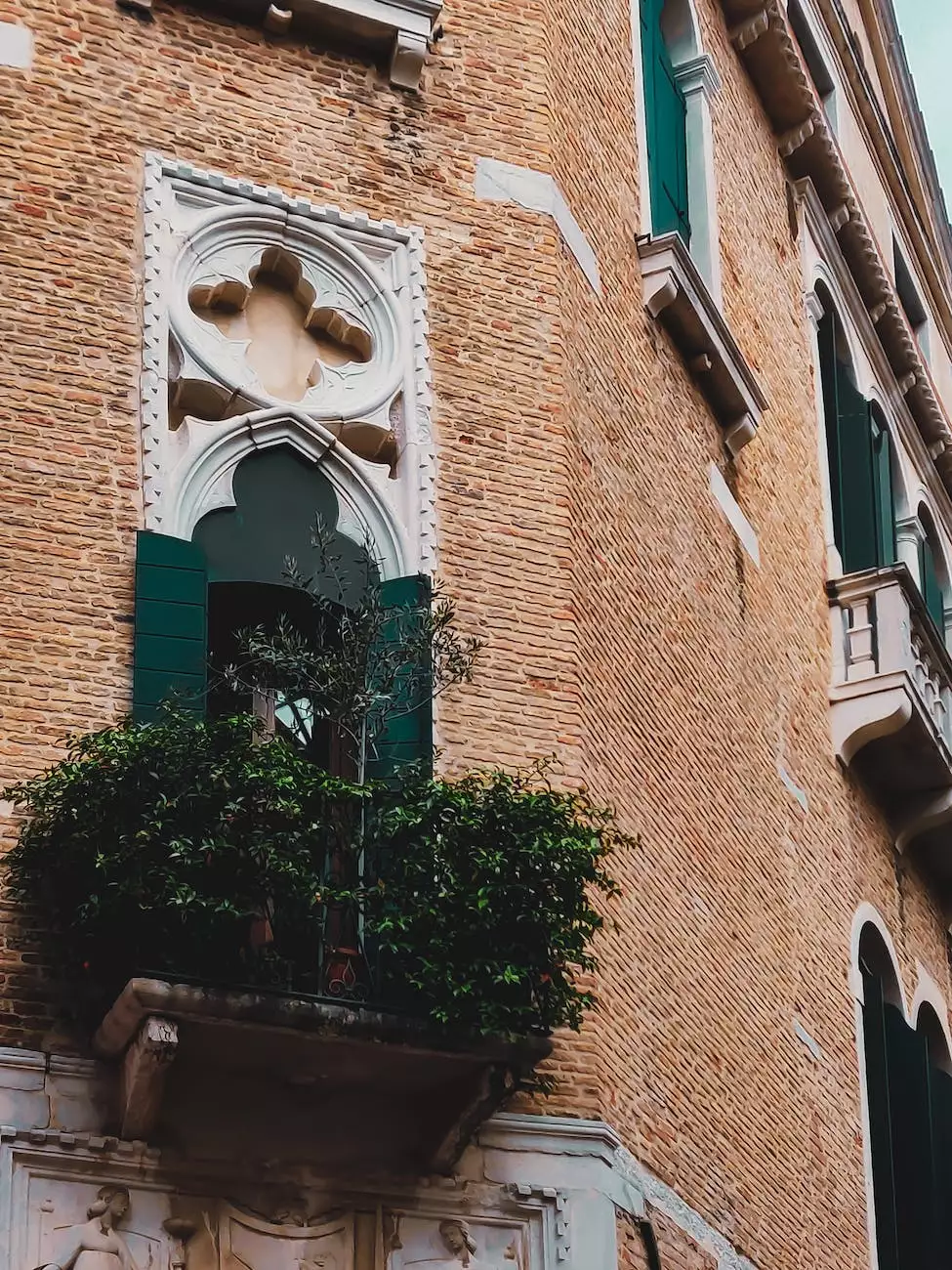What Is An ADU
Palapas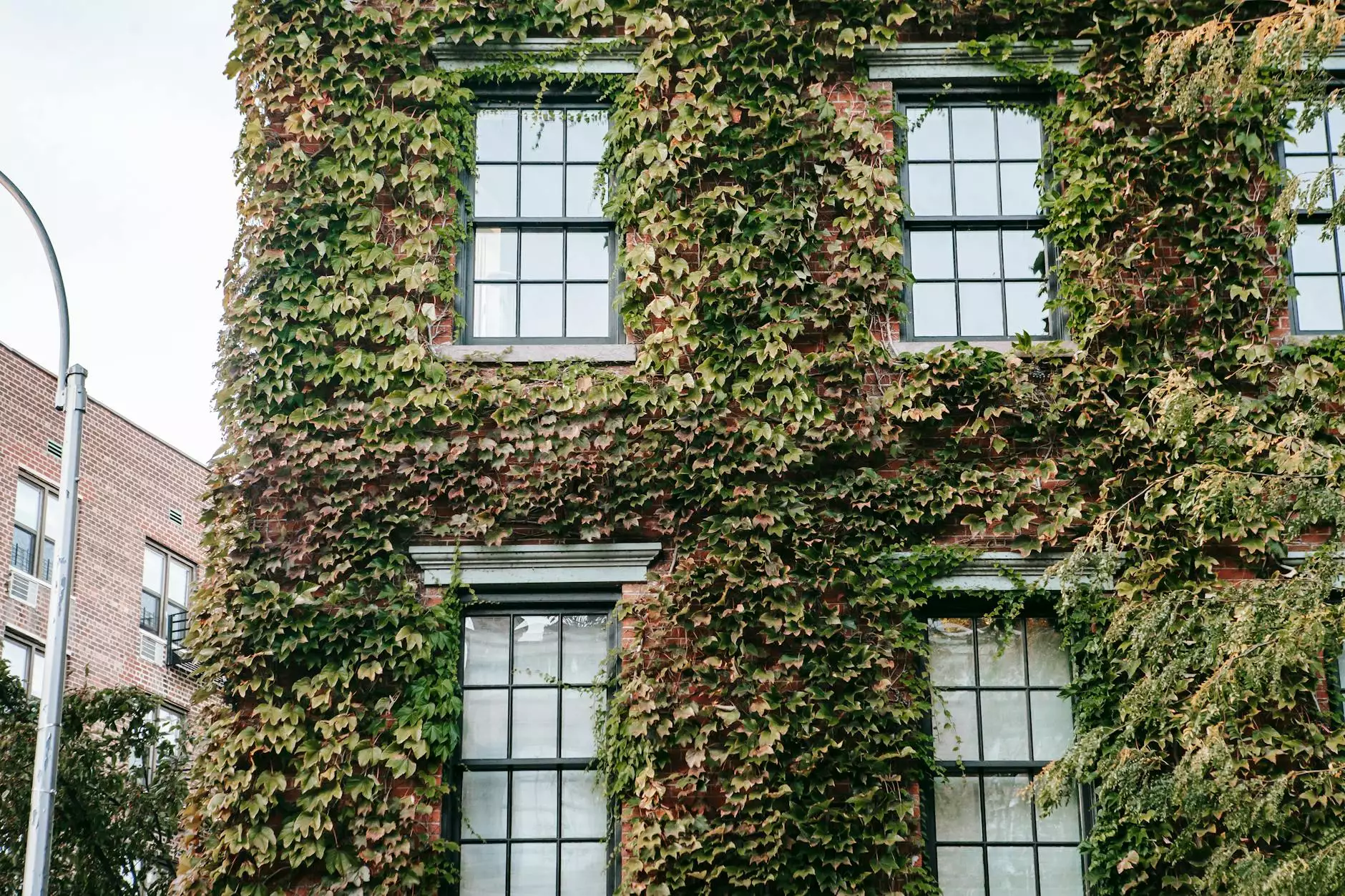
Introduction
Welcome to Green Structure Design Build's guide to Accessory Dwelling Units (ADUs), where we provide you with all the information you need to understand and explore the world of ADUs. In this comprehensive guide, we'll shed light on the concept, benefits, regulations, and much more related to ADUs. Let's dive in!
What Exactly is an ADU?
An Accessory Dwelling Unit, commonly known as an ADU, is a secondary housing unit located on the same grounds as a primary single-family residence. It can be either connected or detached from the main house and has its own separate entrance, kitchen, bathroom, and living space.
ADUs are also referred to as granny flats, in-law suites, secondary suites, backyard cottages, or basement apartments. They serve as self-contained living spaces that provide an additional housing option on residential properties.
The Benefits of ADUs
ADUs offer numerous benefits to both homeowners and communities. Let's take a closer look at some of these advantages:
1. Increased Housing Options
ADUs provide a flexible and affordable housing option for homeowners, renters, or extended family members. They offer the opportunity to create additional living space without needing to buy a new property.
2. Extra Rental Income
Homeowners can take advantage of ADUs by renting them out. ADUs are in high demand, and generating rental income can help offset mortgage payments, property taxes, or other expenses.
3. Aging in Place
ADUs can be ideal for aging homeowners who wish to downsize while remaining in their community. By having a separate living space on their property, they can have nearby family members or caregivers while maintaining their independence.
4. Sustainable Living
ADUs promote sustainable living. By utilizing existing space on residential lots, they reduce the need for urban sprawl and new construction. ADUs can also incorporate environmentally friendly features, such as solar panels, energy-efficient appliances, and sustainable building materials.
Types of ADUs
ADUs come in various forms to accommodate different property layouts and homeowner preferences. Here are the main types of ADUs:
1. Attached ADUs
An attached ADU is physically connected to the main house, often as an extension or converted part of the existing structure. It shares one or more walls with the primary residence.
2. Detached ADUs
A detached ADU is a standalone structure separate from the primary residence. It can be built in a variety of ways, such as a backyard cottage, converted garage, or a newly constructed unit.
3. Interior ADUs
Interior ADUs are located within the primary residence. They are typically created by converting existing space, such as a basement or part of the main floor, into a separate living unit.
Regulations and Permits
Before adding an ADU to your property, it's crucial to understand the regulations and permits involved. Local zoning codes, building regulations, and permitting processes vary between regions. It is advisable to consult with professionals, like Green Structure Design Build, who specialize in ADU construction and can guide you through the process.
Conclusion
In conclusion, Accessory Dwelling Units (ADUs) provide a versatile housing solution with numerous benefits. Whether you're looking for additional rental income, aging in place, or simply increasing your property value, ADUs offer a flexible and sustainable option for homeowners. Green Structure Design Build is your trusted partner in designing and constructing ADUs to meet your specific needs. Contact us today to turn your ADU dreams into reality!




